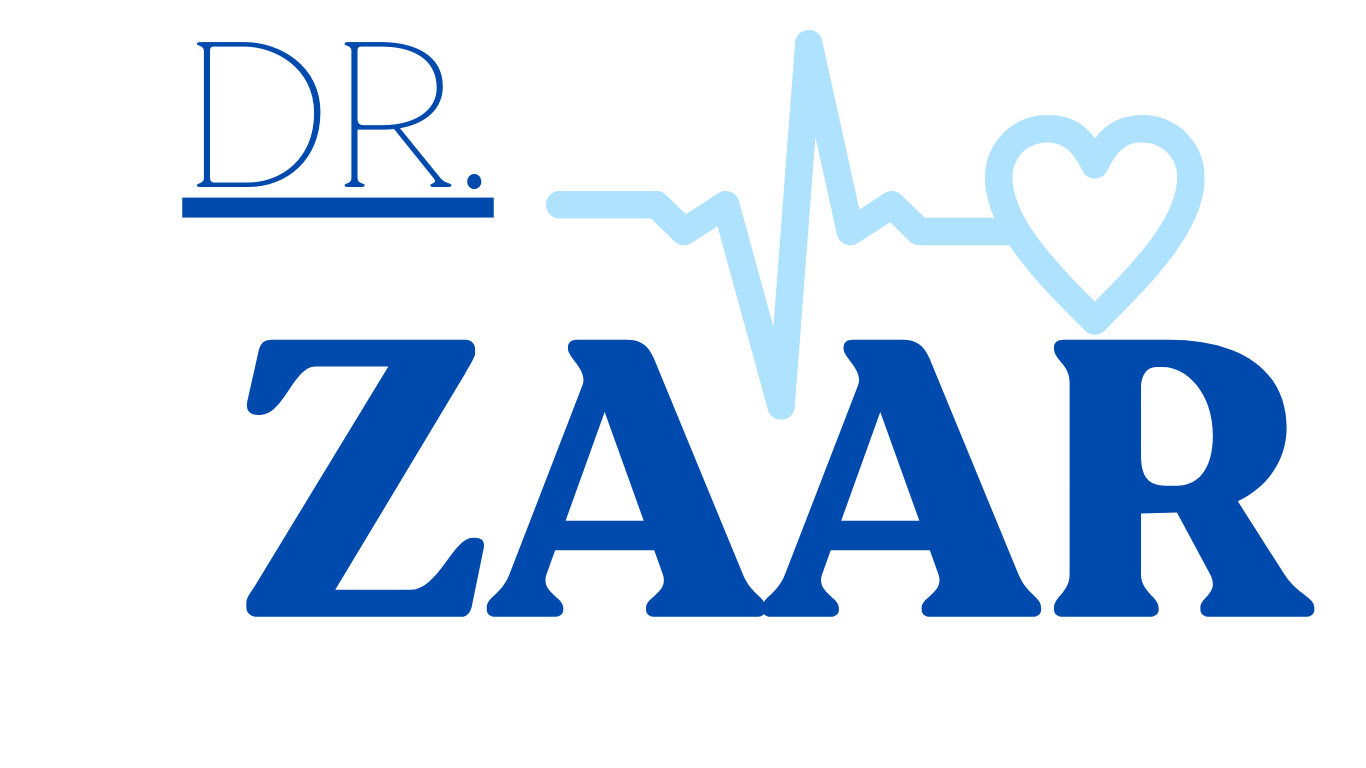Case Study:
Patient Profile:
- Name: Sarah
- Age: 35
- Gender: Female
- Medical History: Sarah was diagnosed with central diabetes insipidus at the age of 20. She presents with excessive thirst, polyuria, frequent headaches, and mood disturbances.
Case Presentation:
Sarah is a 35-year-old woman who has been living with central diabetes insipidus since she was diagnosed at the age of 20. Over the years, she has struggled with the hallmark symptoms of the condition, including unquenchable thirst and the excretion of large volumes of dilute urine. Additionally, Sarah experiences frequent headaches and mood disturbances, which have taken a toll on her quality of life. Recognizing the potential role of endorphins in diabetes insipidus, Sarah’s healthcare team decided to explore targeted interventions to address her symptoms more comprehensively.
Initial Assessment:
Sarah’s healthcare team conducted a comprehensive assessment to understand the potential influence of endorphins in her central diabetes insipidus:
- Symptom Evaluation: Sarah’s symptoms, including excessive thirst, polyuria, headaches, and mood disturbances, were assessed in detail to identify potential contributors related to endorphin dysregulation.
- Pain Assessment: The nature and severity of Sarah’s headaches and pain-related symptoms were evaluated, with a focus on the potential role of endorphins in pain modulation.
- Mood and Quality of Life: Sarah’s emotional well-being and overall quality of life were assessed to gauge the extent to which mood disturbances influenced her daily functioning.
- Endorphin Levels: Endorphin levels in Sarah’s blood were measured to determine if there were any deficiencies or imbalances.
Interactions Between Endorphin Dysregulation and Central Diabetes Insipidus:
Recognizing the potential role of endorphin dysregulation in Sarah’s central diabetes insipidus, her healthcare team pursued the following interventions:
- Pain Management: Sarah was prescribed pain management strategies, including non-opioid pain relievers and relaxation techniques, to alleviate her headaches and pain-related symptoms by optimizing endorphin-mediated pain modulation.
- Mood Enhancement: Sarah participated in regular aerobic exercise programs and mindfulness meditation to stimulate the release of endorphins, with the goal of improving her mood and reducing mood disturbances.
- Hydration Management: Sarah received education and support for managing her excessive thirst and polyuria, focusing on adequate hydration without overloading her body with fluids.
Outcome:
With a comprehensive approach to her care:
- Improved Pain Control: Sarah reported a reduction in the frequency and severity of her headaches, leading to improved daily functioning and a better quality of life.
- Enhanced Mood: Regular exercise and mindfulness meditation contributed to a more stable and positive mood for Sarah, reducing her mood disturbances and enhancing her emotional well-being.
- Optimized Hydration: Sarah learned to manage her excessive thirst and polyuria effectively, striking a balance between hydration and symptom control.
- Long-Term Management: Sarah continued to incorporate endorphin-boosting activities and pain management techniques into her daily routine to maintain her improved quality of life.
The Role of Adiponectin in Improving.
The Role of Adiponectin in Improving Insulin Sensitivity and Reducing Type 2 Diabetes Risk Background Type 2 Diabetes (T2D) is.
Read MoreCan Adiponectin Hold the Key to.
Case Study: Polycystic ovary syndrome (PCOS) is a hormonal imbalance affecting 1 in 10 women of reproductive age. Characterized by.
Read More